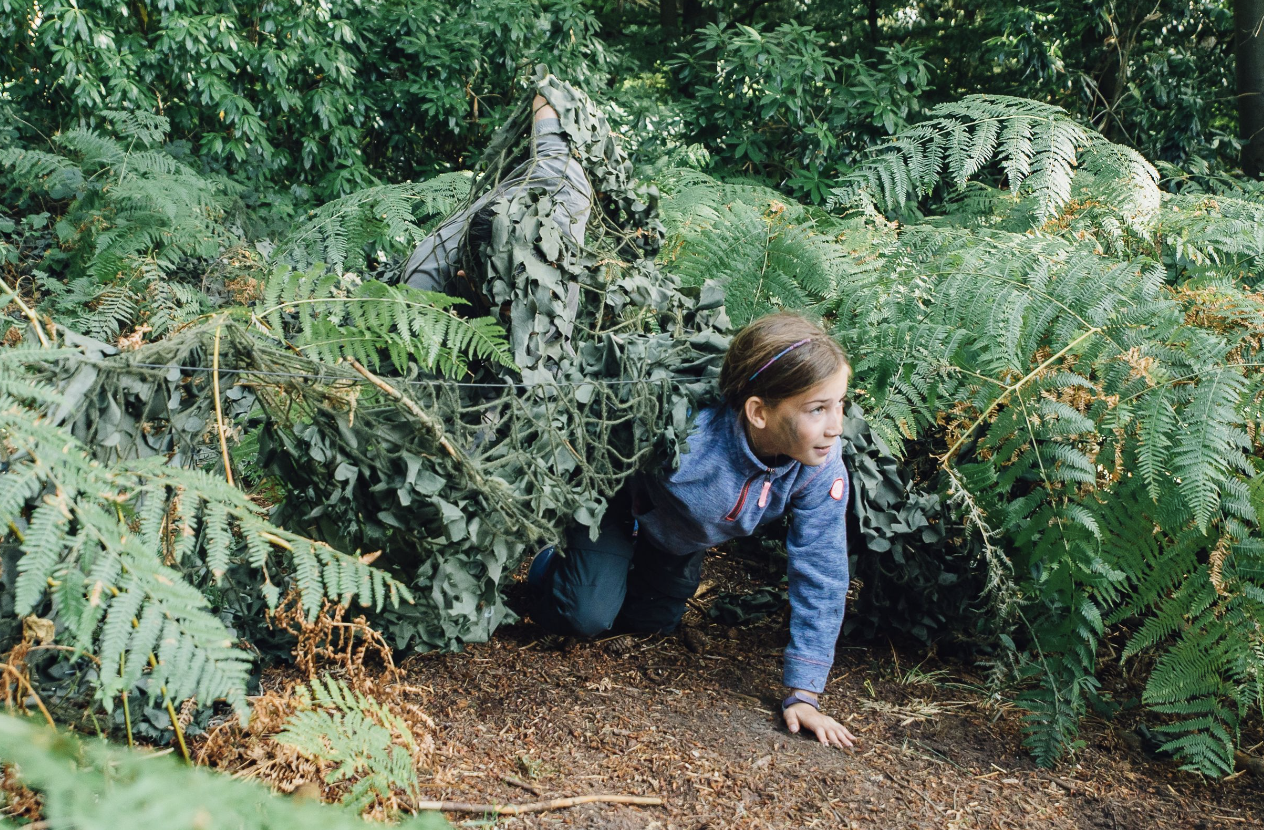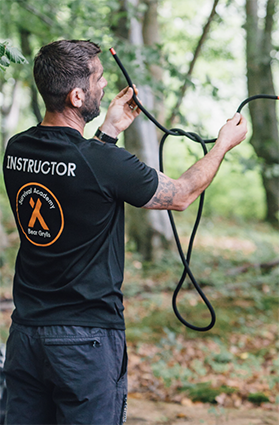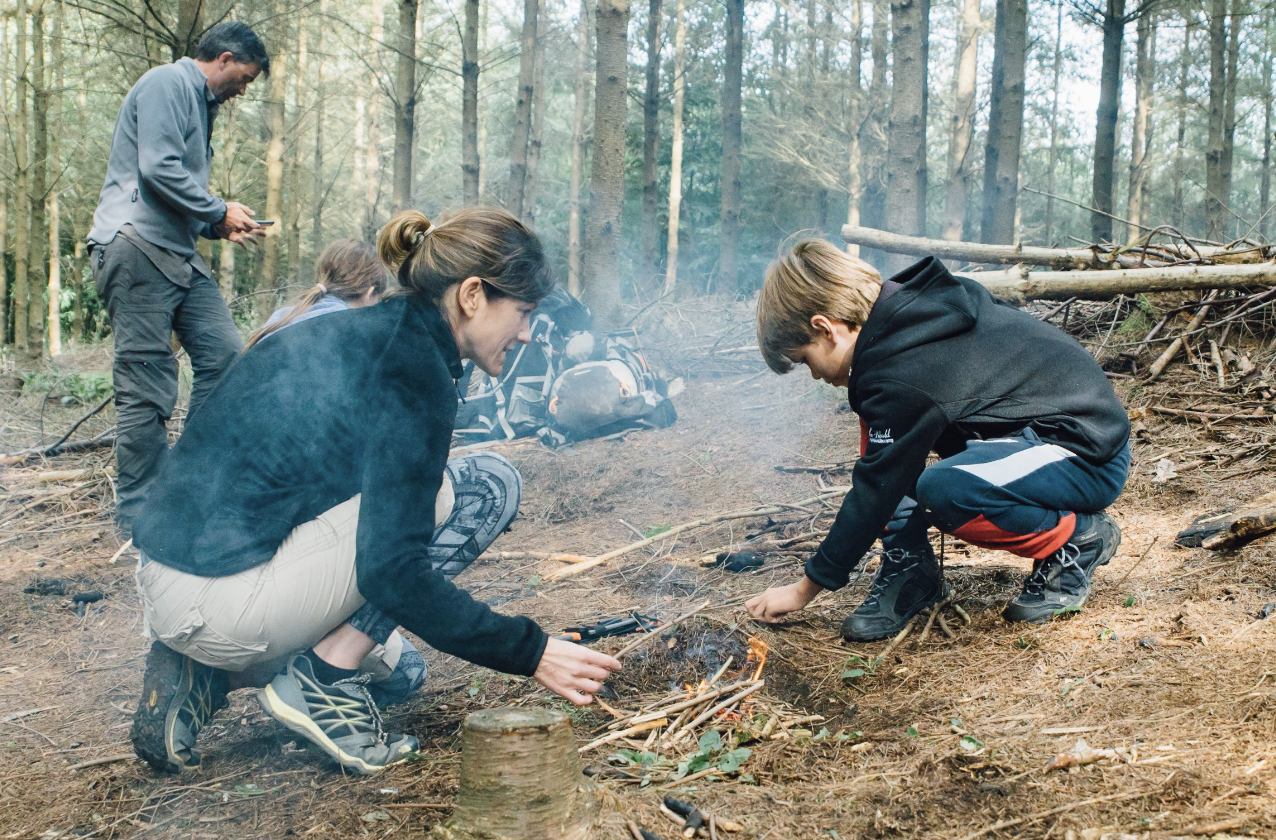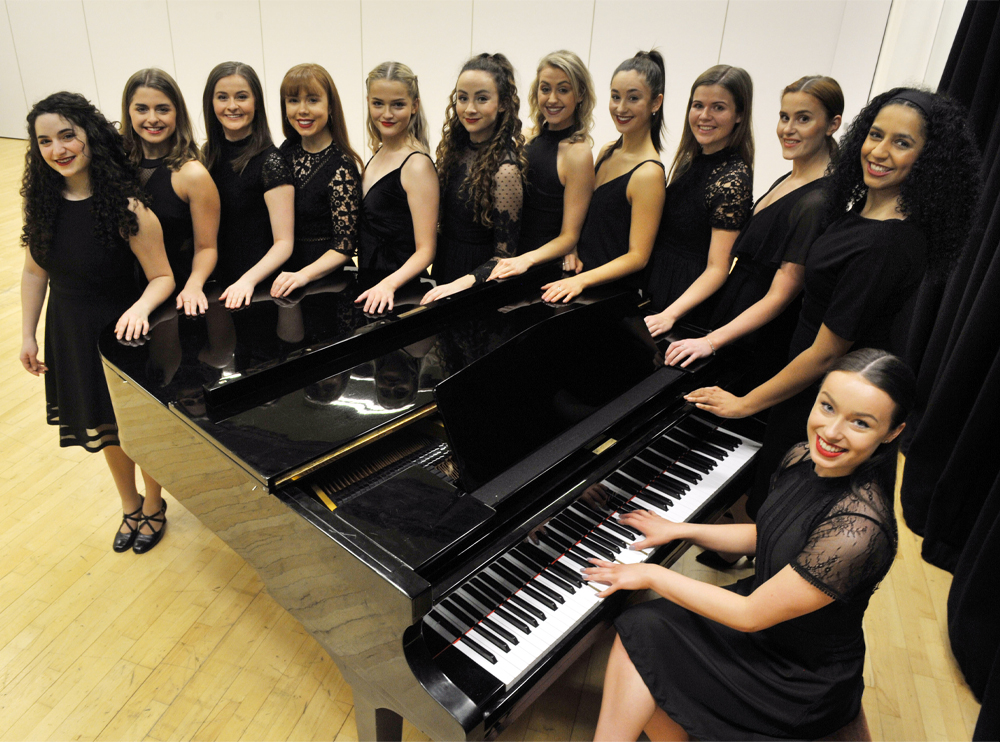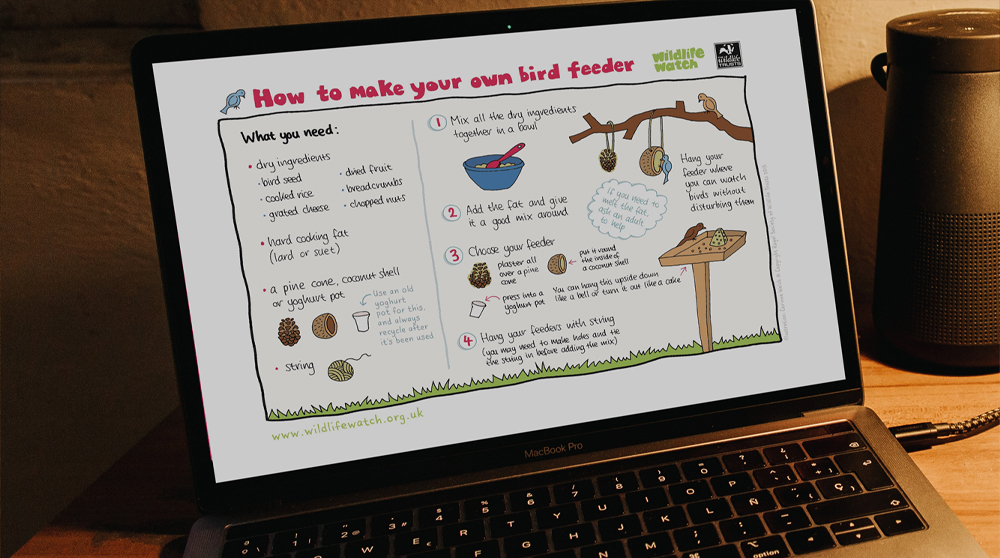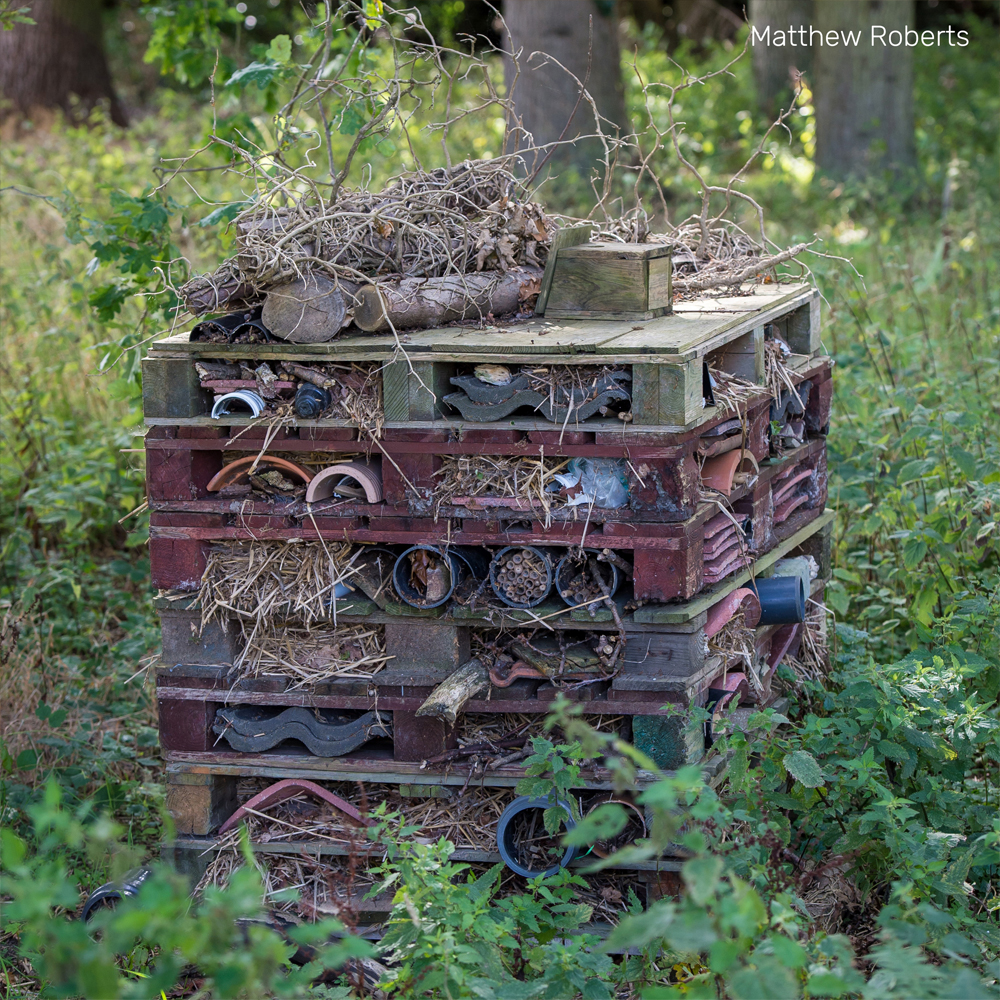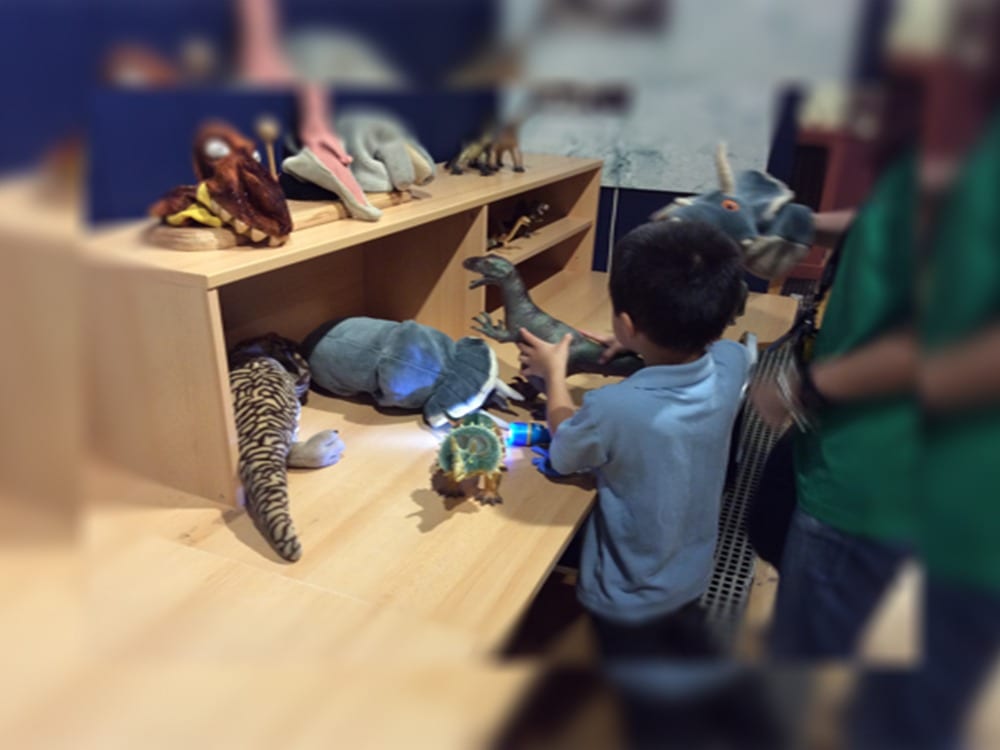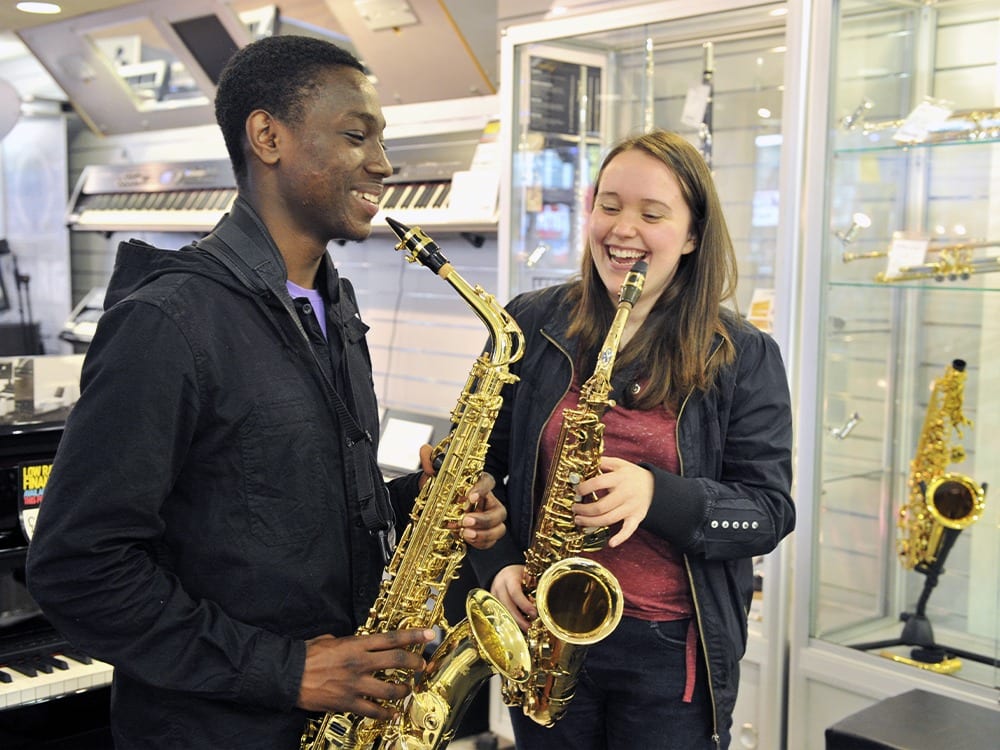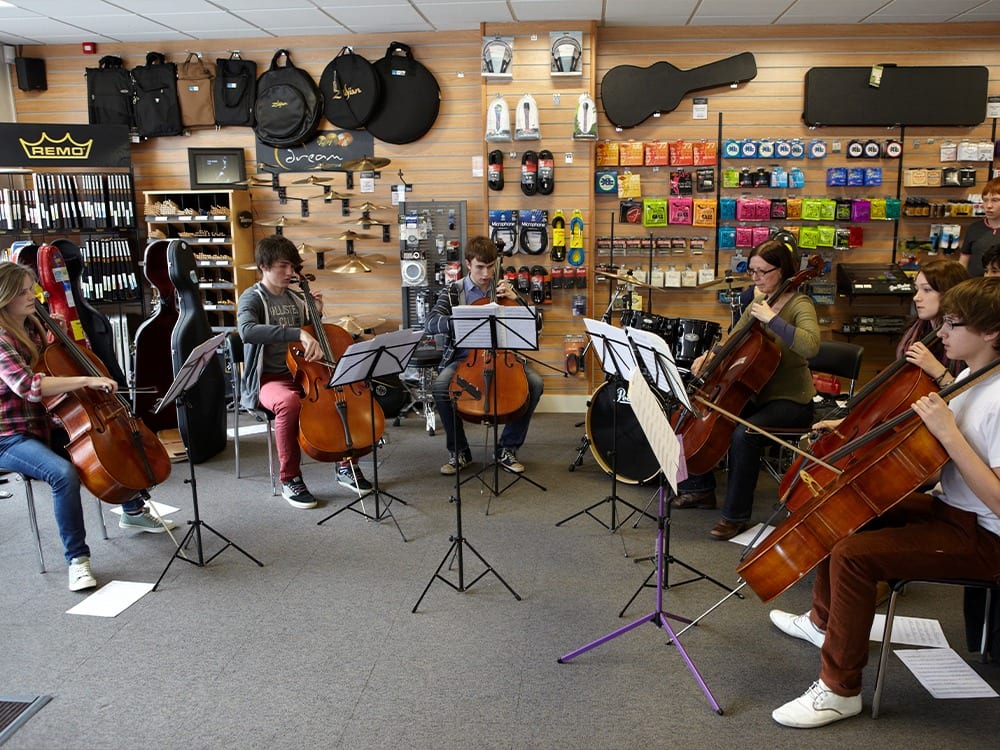Cathie Welch explains how to distinguish between the types of Cyclamens available
It’s that time of year again when the garden centres are bombarding us with a beautiful array of houseplants for the festive season. Every year it’s the same and I find myself having to clarify to students and clients how to distinguish between the types of Cyclamens available, so here goes…
Cyclamen hederifolium
These little beauties are 100% hardy and tolerate our climate outside. They’re fabulous for colonising shady areas particularly under trees. They grow from corms and ants help to disperse the seeds. Coming in various shades of pink and white and the leaves vary their variegation between plants. This species is fairly vigorous if it likes its location and flowers in late Summer and Autumn. Ivy is Hedera and these Cyclamen have leaves like ivy forming a beautiful green carpet once the flowers have finished.
Cyclamen coum
These are another species of hardy Cyclamen although a little less vigorous than hederifolium. They flower in the Spring followed by little round leaves, also varying slightly between plants. Shades of pink and white too and similar in their cultivation requirements. Grow the two species in separate swathes or you’ll find that the C. hederifoium takes over. You can see both types growing successfully in many public gardens.
Cyclamen persicum
These are the ones that are in the houseplant section. They can be grown outside briefly but aren’t frost hardy and don’t like our wet winters. Very rarely will they survive outside. I’m tempted by the gorgeous array of colours on offer but that can only be grown in cool conditions inside. A porch or protected area outside is perfect but water carefully!
It’s in the name!
I hope this helps to unravel the confusion. The clue is in the name. They are all in the Cyclamen genus, but the species differ.
Points of sale aren’t always specific but if you’re buying something from a greenhouse or polytunnel at this time of year, check before you plant it in the garden. The hardy Cyclamen will be outside with the perennials whatever the weather. They’re all gorgeous but like I say to my students, you need to do your homework! Happy shopping!
Cathie’s Gardening School Services
Pruning is the skill I am asked most about so I will be running pruning courses and master classes throughout the Summer and Autumn next year. Please come and meet me at Ashdene to discuss your gardening requirements and join in the learning, it’s addictive!
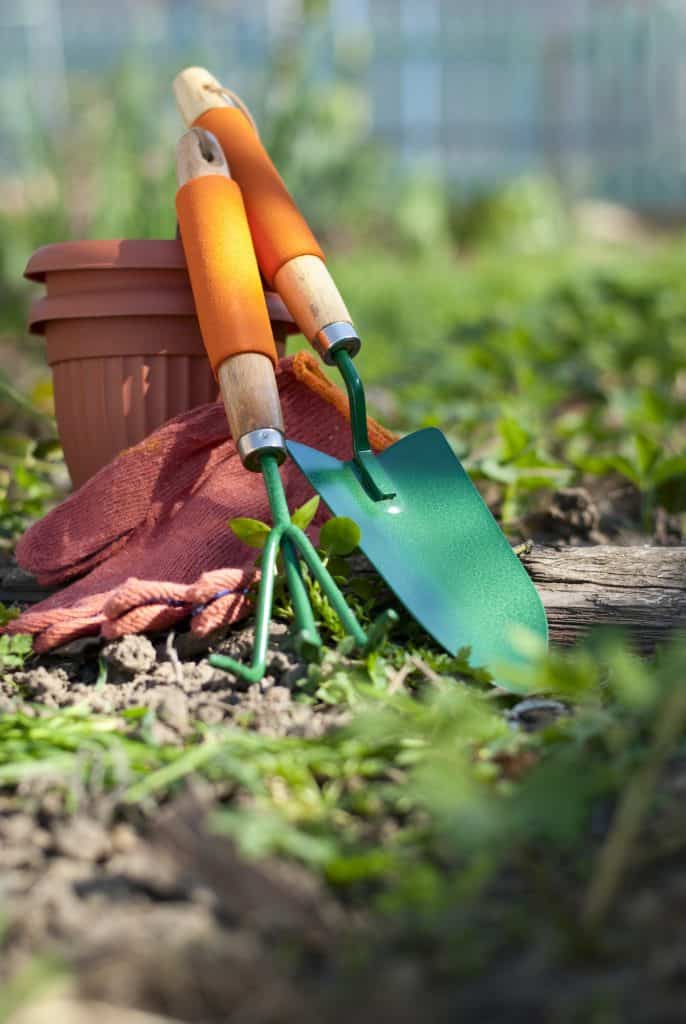
Contact
Website www.cathiesgardeningschool.co.uk
Email [email protected]
Facebook CathiesGardeningSchool














